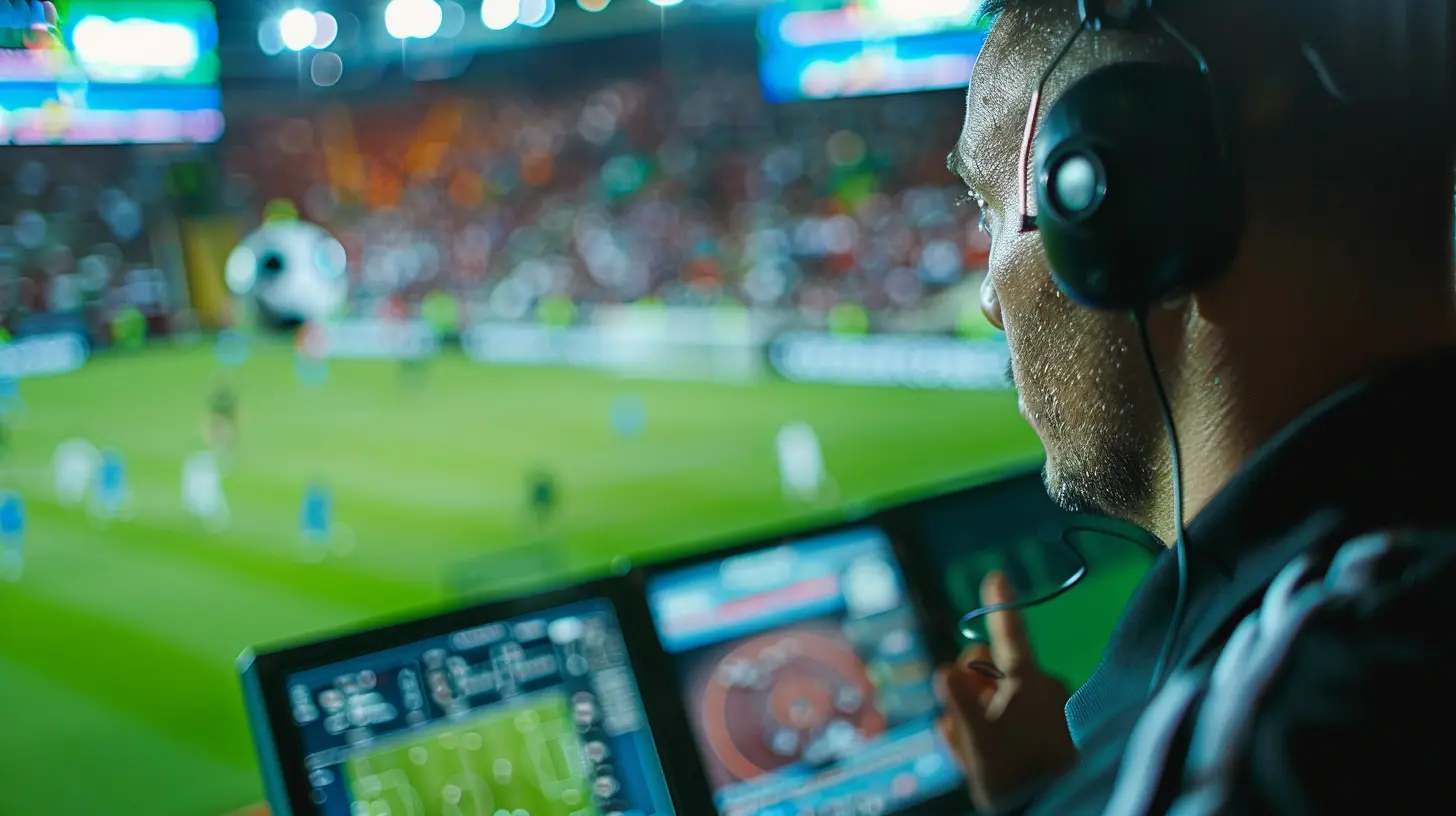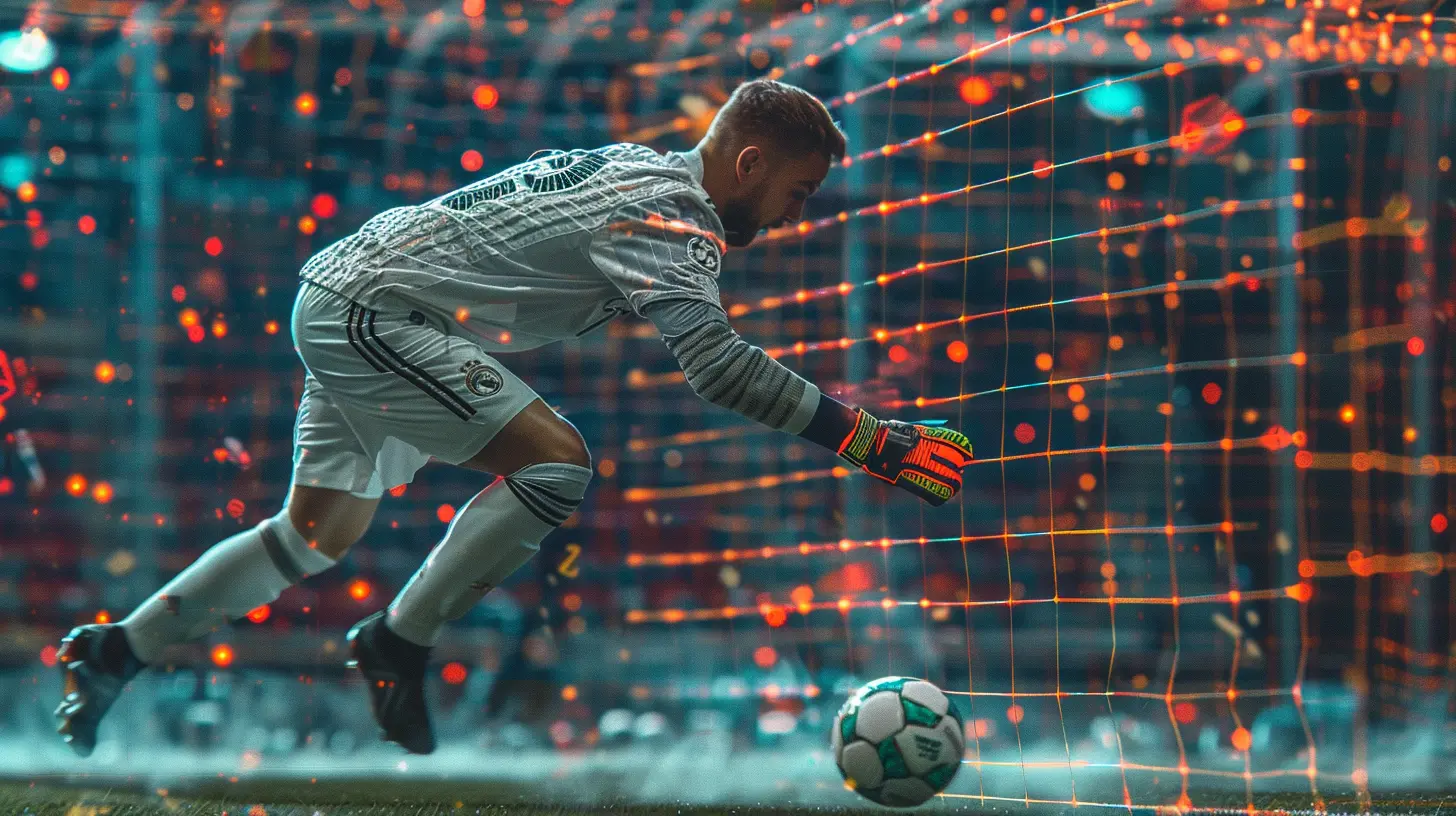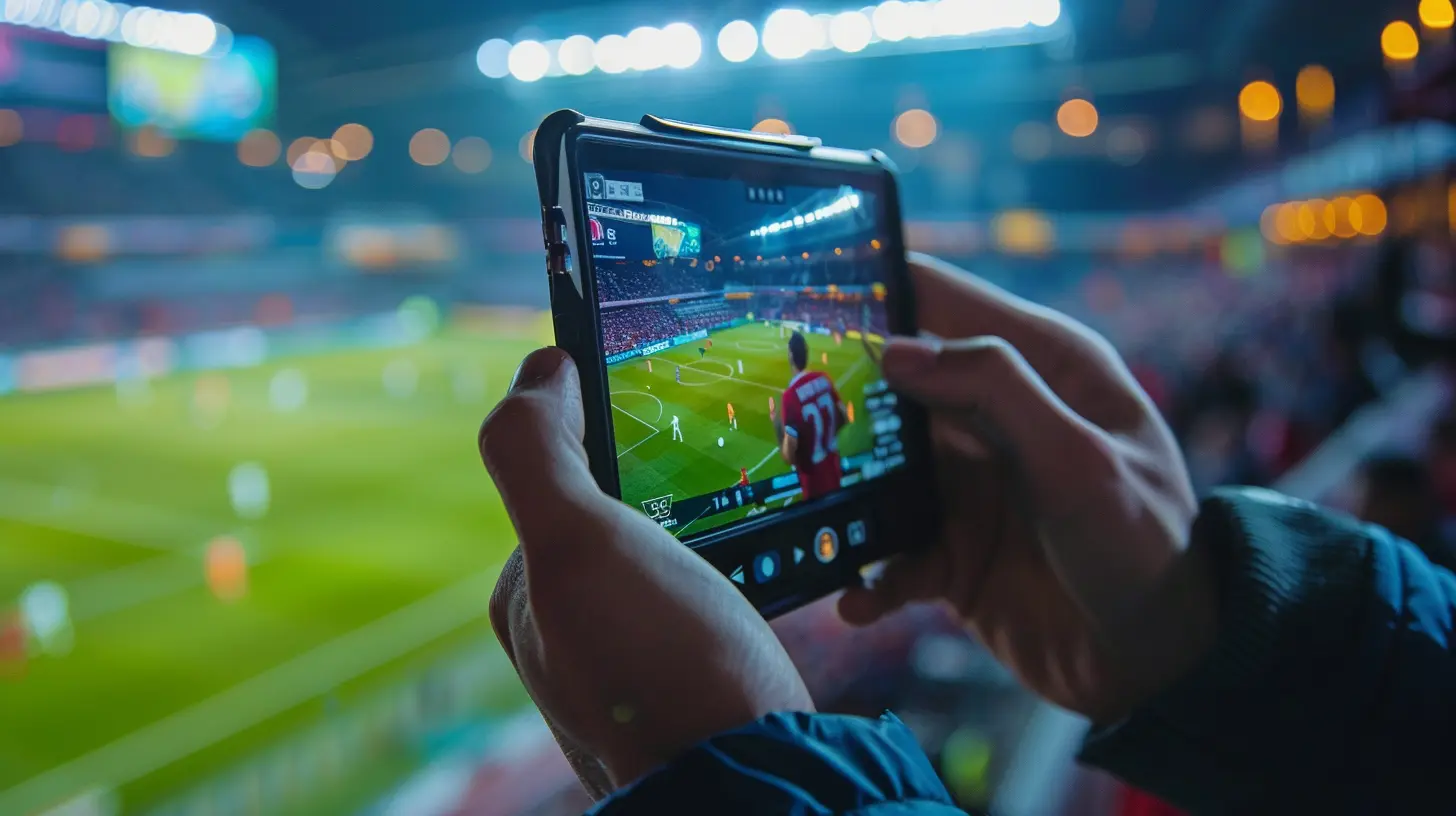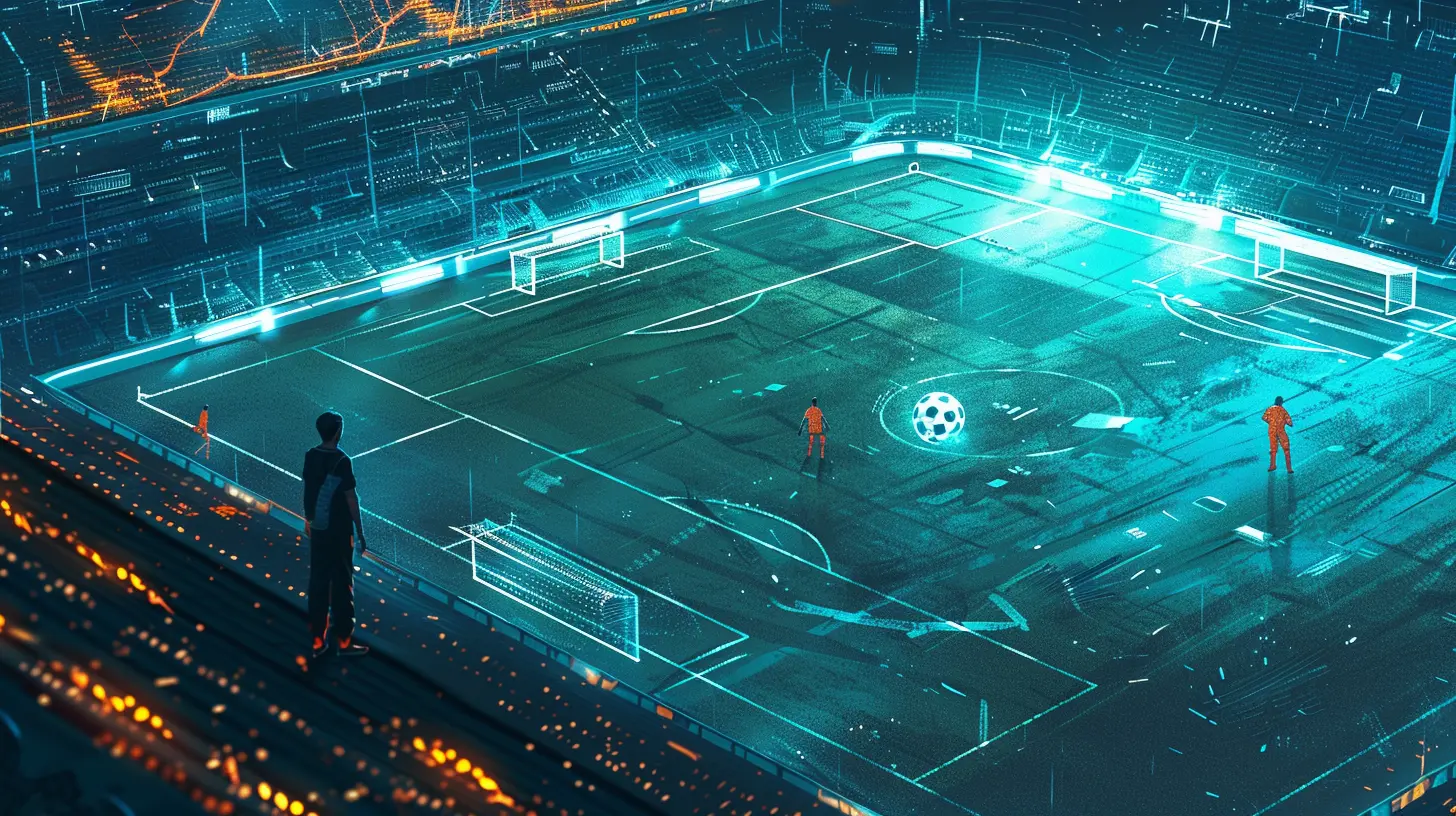Soccer and Technology: How VAR is Shaping the Future of the Sport
8 October 2025
There's nothing quite like the buzz of a packed stadium, the roar of fans, and the thrill of an edge-of-your-seat goal. Soccer, or football as it's known to billions, has been the world’s most popular sport for over a century. But in recent years, technology has put its boots on the pitch. Whether we like it or not, the game is evolving — and at the heart of this evolution is VAR.
VAR, or Video Assistant Referee, has been a lightning rod in the world of soccer. Some say it’s a blessing; others think it's turned the beautiful game into a robotic chess match. Either way, one thing's for sure — VAR is here to stay. So let’s roll up our sleeves and take a real look at how VAR is shaping not just today’s soccer, but its entire future.
What is VAR, Anyway?
Okay, let’s start from the top — because not everyone is a soccer die-hard.VAR stands for Video Assistant Referee. It's like having an extra set of eyes (well, a team of them, really) watching the game on screens from a room somewhere in the stadium or even miles away. Their job? To review specific moments during a match and help the on-field referee make better, more accurate calls.
Simple in theory, right?
But here’s the twist: VAR only steps in under certain conditions. It’s used for:
- Goals and whether there was a foul or offside leading up to it
- Penalty decisions (given or not)
- Straight red cards (not second yellows)
- Mistaken identity (when the wrong player gets booked or sent off)
VAR doesn’t aim to interfere with every little foul or bad pass. It’s there for the game-changing moments — the ones that can tip the result of a match.
The Driving Force: Why VAR Was Introduced
For decades, soccer purists clung tightly to the idea of the “human element.” Referees made mistakes, and that was part of the drama. But then came the age of high-definition TVs, slow-motion replays, and social media highlight reels.Suddenly, millions of fans could see a handball the ref missed — over and over.
This pressure built up to a point where FIFA, UEFA, and domestic leagues worldwide had to act. Fans, clubs, and even players were demanding fairness. Enter VAR — the tech meant to pull the game out of controversy and into the 21st century.
The goal was noble: make the game fairer. But has it actually done that?
The Pros: Why VAR is a Game-Changer
Let’s give credit where credit’s due — VAR has genuinely improved the game in some big ways.1. Fewer Controversial Goals
Remember those ghost goals or offside calls that turned matches upside down? With VAR, those have almost vanished. Now offside decisions can be checked down to the toe. Literally.2. Greater Fairness
Referees are under insane pressure. They have to make split-second decisions that millions will scrutinize. With VAR, they have a backup crew — kind of like a partner guiding you when parking a car in a tight spot.3. Deterrent Effect
Players now think twice before diving or sneaking in a cheeky elbow. They know there’s a camera watching. That’s cleaned up the game in subtle but important ways.
The Cons: The Controversy Isn’t Over
Of course, no system is perfect, and VAR is far from universally loved. In fact, some fans think it’s turned the fast-paced, emotional rollercoaster of soccer into a cold, clinical ordeal.1. Interrupting the Flow
Let’s be real — nothing kills the vibe more than waiting 3 minutes to confirm an offside goal. That emotional explosion when the ball hits the net? It’s now followed by... a nervous glance at the referee. The rhythm of the game suffers, and so does the fan experience at times.2. Subjectivity is Still There
Here’s the kicker: VAR is supposed to remove doubt, but it still relies on human opinions. What’s a “clear and obvious error” for one official might not be for another. So even with dozens of angles, some calls still feel fuzzy.3. Lack of Transparency
A lot of fans feel left out of the process. Why did it take so long? What exactly were they looking at? And why wasn’t the ref called to the monitor in one situation, but was in another? That lack of clarity fuels frustration.VAR Around the World: Not All Leagues Are the Same
The way VAR is used can differ quite a bit depending on the country and competition. In the Premier League, for instance, they’ve faced strong backlash for inconsistent decisions and tight offside calls judged by millimeters.In contrast, FIFA’s use of VAR in the 2018 World Cup was mostly praised. The global audience seemed to appreciate attempts at fairness, even if it wasn’t executed flawlessly.
It’s a reminder that VAR isn’t just about the tech — it’s about the people using it. The system is only as good as its operators.
The Tech Behind the Scenes
Let’s dig into the nuts and bolts for a second. VAR rooms look a lot like a TV control room — multiple monitors, slow-motion replay functions, communication headsets, and instant access to every camera angle available in the stadium.The assistants in the room can review incidents and communicate with the referee through an earpiece. But — and this is key — the on-field referee always has the final say.
Some leagues are even experimenting with semi-automated offside technology, using limb-tracking and AI to speed up decisions. Imagine a futuristic laser grid hovering above the pitch like something out of a sci-fi flick. Yep, we’re moving in that direction.
How VAR is Influencing Strategy and Tactics
VAR doesn’t just affect the officials. It’s quietly changing how players and managers approach the game.1. Coaching Adjustments
Coaches now train players to react differently. Instead of arguing with the ref, players are told to keep calm and wait for the VAR decision. Celebrations are more subdued — at least until the green light comes in.2. Tactical Fouling
Players are more aware of camera scrutiny. Defenders are smarter about how they tackle in the box. Attacking players are also learning how to draw contact without diving — knowing even the slightest shove could trigger a penalty.3. Psychological Edge
Some teams now even employ sports psychologists to handle the mental pressure of VAR decisions. Think about it — one reversed penalty call can swing an entire game.Fans and VAR: Love, Hate, and Everything in Between
VAR has shaken fans’ relationship with the game. Some love the added fairness and the idea that justice is being served. Others feel it’s sucked the soul out of soccer.It’s a bit like having instant replay in a live concert. Sure, it makes sure the notes are perfect, but does it kill the magic?
That’s the emotional tug-of-war VAR has thrown into the mix. And leagues are still figuring out how to strike the right balance.
Where Do We Go From Here?
So what’s next for VAR and technology in soccer?Honestly, we’re just scratching the surface. Tech is only going to get smarter and faster. We could see:
- AI-assisted decisions with near-instant accuracy
- Augmented-reality for fans in stadiums
- Real-time referee communication broadcast on TV (kind of like rugby does)
- More transparency via live video/audio feeds from VAR rooms
As the tech improves, the goal is to make VAR quicker, less intrusive, and more trusted. That way, it becomes a helpful sidekick — not the villain of the show.
Final Whistle: Embracing the Tech While Preserving the Soul
Like it or not, VAR has become a part of modern soccer’s fabric. It's changed how we watch, analyze, and even feel about the game. And while it’s not perfect (far from it), it’s also not going away.The challenge now is to keep improving it — ironing out the kinks, speeding it up, and making it more transparent. Because at the end of the day, we want to keep the drama, the passion, and the spontaneous magic that makes soccer... well, soccer.
Let’s not forget — even with all this technology, it’s still 11 versus 11, chasing glory on a patch of grass. And that will never change.
all images in this post were generated using AI tools
Category:
SoccerAuthor:

Everett Davis
Discussion
rate this article
1 comments
Lysara McCune
VAR is undeniably transforming soccer, enhancing fairness and accuracy in crucial decisions. While it may spark debate among fans, its role in modernizing the game is essential. Embracing technology ensures that our beloved sport evolves, maintaining integrity while adapting to the demands of today's audience.
October 15, 2025 at 4:59 AM

Everett Davis
Thank you for your insightful comment! I agree that VAR is crucial for enhancing fairness and accuracy in soccer, and its integration is essential for the sport's evolution. Embracing technology ultimately strengthens the integrity of the game.


